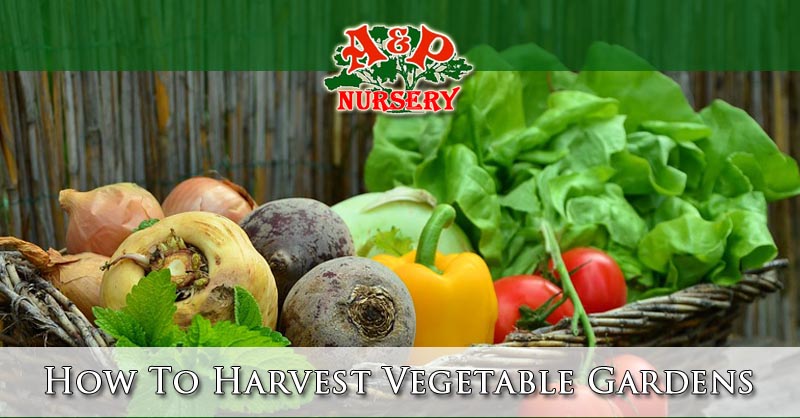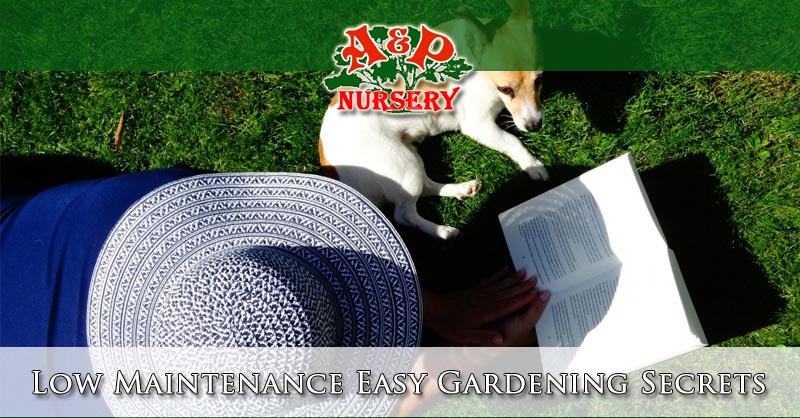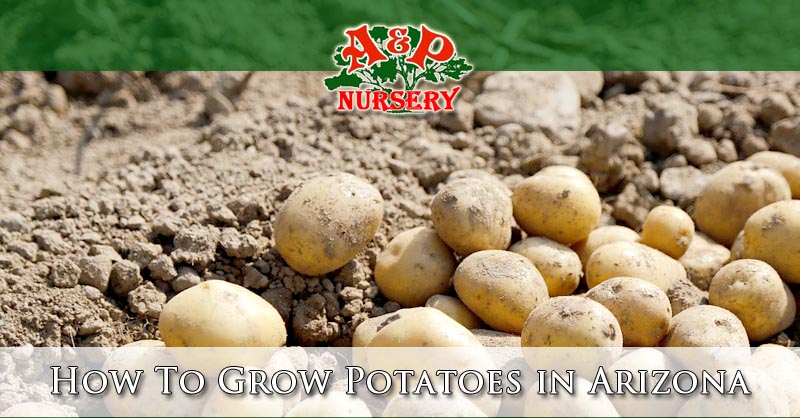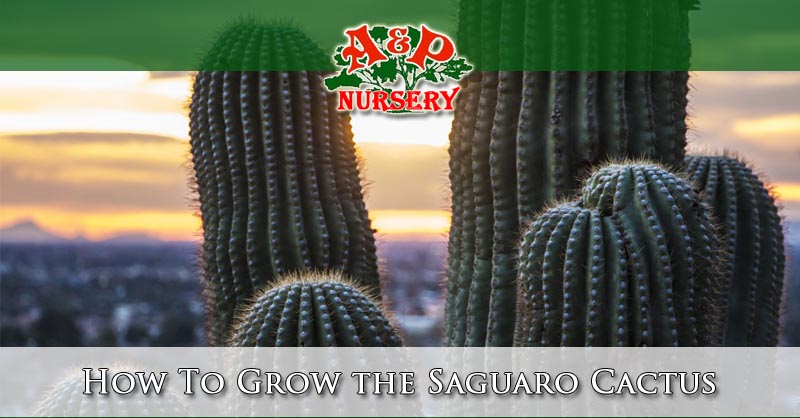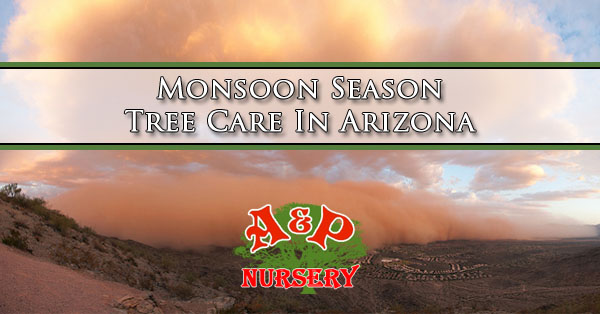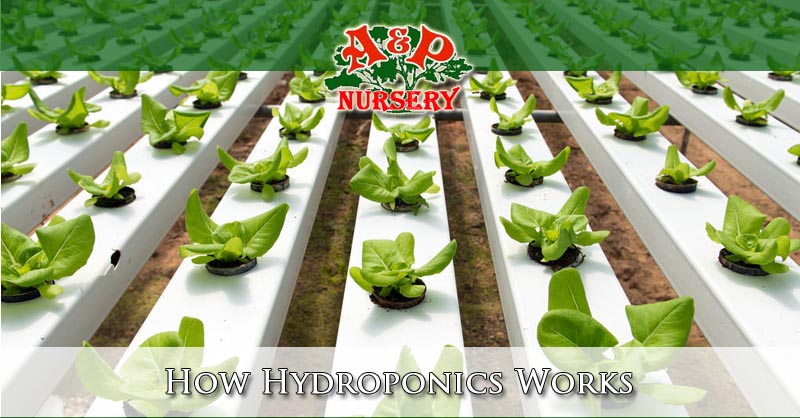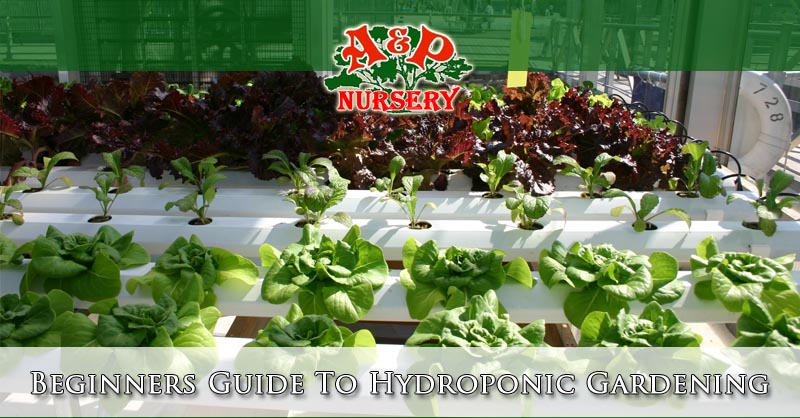If you’re searching the phrase “How Hydroponics Works” this post is to help you understand what hydroponics is and how it works. Hydroponics offers gardeners a way to grow more, more quickly. Read more below to get the full description of how hydroponics can help you grow more vegetables and other healthy plants.
What is Hydroponics?
By definition, hydroponics is a technique for growing plants in a solution that is rich in nutrients and water based. Hydroponics is a method that doesn’t use soil, root systems are supported by inert mediums, such as rockwool, perlite, peat moss, clay pellets, or vermiculite. The basis of hydroponics is to enable the roots of plants to be directly in contact with nutrient rich solution, and oxygen that is important for healthiest growth.
It is highly recommended that this guide is read through, allowing you to learn the most about hydroponics as possible prior to beginning your garden. If you do not plan on using a hydroponics garden, the guide can still be worth reading, as you will learn what plants require in different stages of their growth, all by reading about hydroponic basics.
Advantages of hydroponics
Using hydroponics to grow provides several advantages, with the largest being an increase growth rate for plants. Having the proper setup can allow plant to mature at a faster rate, up to 25%. Faster maturity means quicker and more produce, up to 30% compared to the same plant in a soil based garden.
Plants are able to grow quicker, and larger due to reduced stress to obtain the required nutrients. With hydroponics, even a small root system can provide plants with what it requires. This allows plants to focus towards growth above the surface, rather than root system expanding below the surface.
This is possible because of careful control over pH levels and the nutrient solution. Using a hydroponic garden system reduces the amount of water used compared to soil based gardens. Being an enclosed setup, it has a lower amount of evaporation. Finally, hydroponics is actually more environmentally friendly, as it reduces the amount of pollution and waste associated with soil runoff.
Disadvantages
Although there are several advantages to a hydroponics system, as with anything, there are some disadvantages too. The largest disadvantage most people run into with having a quality hydroponics system, no matter the size, is the cost. A hydroponics setup is more expensive than a soil setup, but you get what you pay for and dirt is not very expensive.
Hydroponics setups on a larger scale can be time consuming to get started, especially if you are not very experienced as a grower. Also, managing a hydroponics system is time consuming to maintain. The nutrient and pH levels must be monitored and balanced, daily.
The largest risk factors with having a hydroponics system are mechanical failures, such as a pump. Depending on the scale of your system, a pump failure could kill your plants in a few hours. The reason plants can quickly die, is due to the medium being unable to absorb and store water, unlike soil. Therefore, plants in a hydroponics system depend realty on fresh water supply.
Types of Hydroponic Systems
Hydroponics offer several different types of systems. Some of the highest quality, and popular hydroponic systems available are hybrid hydroponic systems which combine various types of hydroponic setups. What makes hydroponics unique, is the various methods available to get nutrient solution to plants.
Deepwater Culture
The Deepwater Culture (DWC) method is also referred to as the reservoir method. It is the easiest technique to grow plants using a hydroponic system. The Deepwater Culture hydroponics system allows roots to suspend directly in the nutrient solution, which then gets oxygenated with an aquarium air pump to avoid roots of plants from drowning. It is important to prevent any light from entering this system, as it can result in algae growth. Algae wreaks havoc on hydroponic systems.
With Deepwater Culture systems, the main advantage is not having a pray or drip emitter that can clog. Therefore, DWC is a great option for those wanting an organic hydroponic system, because organic nutrients have a higher clog rate.
Nutrient Film Technique
The Nutrient Film Technique (NFT) is a form of hydroponics that uses a continuous flow, where the nutrient solution constantly flows over roots of plants. Generally, the setup has a slight tilt so that gravity forces the flow of nutrient solution.
This setup works well as plant roots will absorb more oxygen from air, rather than nutrient solution. This provides plants with the nutrients they require, as only root tips are in contact with the nutrient solution. However, growth rate is increased as plants are able to obtain more oxygen.
Aeroponics
An aeroponics hydroponics setup uses a misting technique to get the nutrient solution to the roots, which are suspended in the air. There are two main methods for getting solution on the exposed roots. First, misting the roots using a fine spray nozzle. Second, using a pond fogger. When using a pond fogger, you want to use one with a Teflon coated disc to lower the amount of required maintenance.
One commercialized aeroponics system you may have heard of is the AeroGarden. When starting out with aeroponics, the AeroGarden is a good entry point. This turn-key system has limited setup requirements, and has greater supplies and support to get going.
Wicking
The wicking method is the least expensive, and easiest method of hydroponics. The concept of wicking includes having a material, such as cotton. The roots of your plants grow around one end of the material, while the other end is placed within the nutrient solution and gets transported to the roots via the material.
Although, this method can be simplified even more if you remove the wicking material and apply a medium which provides the ability of wicking the nutrients directly to the roots. To do this, suspend the bottom of the medium material in the nutrient solution. We highly recommend using a medium such as vermiculite or perlite. You should avoid mediums such as coconut coir, Rockwool, and peat moss due to their absorption rates being too high, which can result in plants being suffocated.
Ebb & Flow
Ebb & Flow hydroponic systems are also called flood and drain systems. They are a good system to grow plants with hydroponics. It works by flooding the growth area at certain intervals with nutrient solution. The solution then drains slowly, back in the reservoir. Using a pump hooked to a timer, it repeats the process at certain intervals to provide the amount of desired nutrients.
The Ebb & Flow hydroponic system is an ideal method for plants used to times of dryness. Specific plants will flourish when going through slight dry spells, as it results in the root systems growing to find moisture. With the roots growing bigger, plants are able to grow quicker due to more nutrients being absorbed.
Drip System
They drip system hydroponic setup is basic, as drips systems work by providing the hydroponic medium with a slow flow of nutrient solution. It highly recommends a slow draining medium, such as coconut coir, Rockwool, or peat moss. If you use a medium with a faster drain rate, you will want to use a faster drip emitter.
One of the major disadvantages to a drip system is the emitter/dripper is popular for clogs. Although we prefer to avoid using a drip system, they can be very effective for growing with hydroponics, if you can prevent clogs that are common with this method. The drip system clogs due to particle build up from the nutrients. There is an increased risk of clogging for those using organic nutrients.
Useful Tips
We recommend that you change the nutrient solution out of your system’s reservoir every two or three weeks.
Reservoir water temperature should remain between 65 and 75 degrees. The water temperature can be maintained using a water chiller or heater.
By using an air pump equipped with a flexible tube and air stone can increase the circulation while keeping nutrient solution properly oxygenated.
In situations where plants do not appear healthy, either distorted or discolored, the first step you should take is checking and adjusting pH levels. If you find the pH levels are not the issue, flush the system using a solution, such as Clearex.
It is recommended that you follow feeding cycles that the nutrients’ manufacturer provided.
Once your growing cycle is finished, flush, clean and sterilize the whole hydroponic system. Your reservoir should be drained and any debris removed, followed by running the whole system for a day using a combination of non-chlorine bleach and water. You should use 1/8th cup non-chlorine bleach per gallon of water. Finally, drain the system again, and remove any bleach by flushing it using clean water.
Why Choose Hydroponics?
A hydroponic system is a great option for all forms of growers. The reason it is such a good option is due to it providing the ability to control variables which impact your plant growth. Finely tuned hydroponic systems are able to surpass the plant quality of soil based systems, and yields more produce.
Hydroponics is the best option if you want to grow the largest, healthiest, and tastiest plants possible. Initially it can appear intimidating with the work and equipment involved, but once you familiar with the setup it will seem much simpler. Begin small, keeping things simple, and you will be amazed with your hydroponic system.
Phoenix Valley Gardening Supply
If you are looking for the best quality vegetable seeds, plants, or nutrients for your hydroponic system A&P Nursery carries the healthiest locally grown plants, has helpful and friendly staff, and can help you with all of your gardening and landscaping needs. Visit one of our 4 locations or call with your questions.
